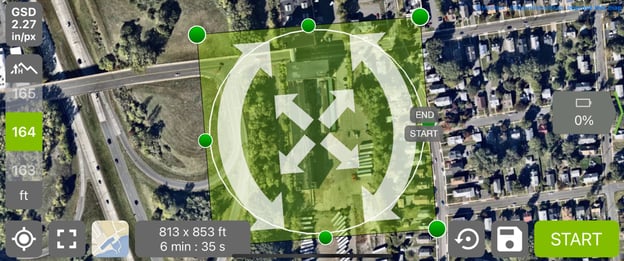Geospatial surveying is really a remarkable field that plays an essential role in various industries, including infrastructure development, urban planning, and environmental conservation. One essential requirement of geospatial surveying is utility surveying, that involves mapping and locating underground utilities. In this post, we will explore the fundamentals of geospatial surveying with a focus on utility surveying, understanding its significance, and the benefits it brings to construction projects and public safety.
Mapping and Locating Underground Utilities:
Utility surveying employs advanced techniques to accurately map and locate underground utilities such as for example water pipelines, gas lines, electric cables, telecommunications networks, and sewer systems. By utilizing cutting-edge tools and technologies, surveyors can identify the precise location, depth, and characteristics of these utilities, ensuring that construction projects proceed safely and efficiently.
Preventing Accidental Utility Damage:
One of the primary goals of utility surveying is to prevent accidental damage to underground utilities during construction or excavation activities. By conducting thorough surveys and mapping exercises, surveyors provide critical information to project stakeholders, helping them avoid costly utility strikes, disruptions to essential services, and potential hazards to workers and the general public.
Enhancing Project Planning and Design:

Utility surveying significantly contributes to project planning and design processes. By accurately mapping existing utilities, surveyors provide valuable data to architects, engineers, and construction professionals, allowing them to make informed decisions and design structures that consider the location and layout of underground utilities. This information helps minimize conflicts, optimize routing, and ensure the smooth implementation of construction projects.
Improving Efficiency and Reducing Costs:
Effective utility surveying helps streamline construction processes and minimize the necessity for costly redesigns or rework. With a comprehensive understanding of the utility infrastructure beneath the surface, project teams can plan their activities more efficiently, allocate resources effectively, and avoid unnecessary delays and expenses connected with unexpected utility encounters.
Ensuring Public Safety:
Accurate utility mapping through geospatial surveying is essential for public safety. By knowing the exact locations of underground utilities, authorities can coordinate emergency response efforts more effectively, reduce the risk of utility-related accidents, and implement appropriate safety precautions during construction or maintenance activities in areas with utility infrastructure.
With a specific concentrate on utility surveying, plays a vital role in modern construction projects and infrastructure development. By mapping and locating underground utilities, surveyors donate to safer construction practices, efficient project planning, and public safety. Drone Surveys Somerset of utilities aids in preventing damage, reduces costs, and ensures a smooth implementation of construction activities. As technology continues to advance, geospatial surveying and utility mapping will remain critical tools for the successful completion of projects while safeguarding infrastructure and the well-being of communities.
